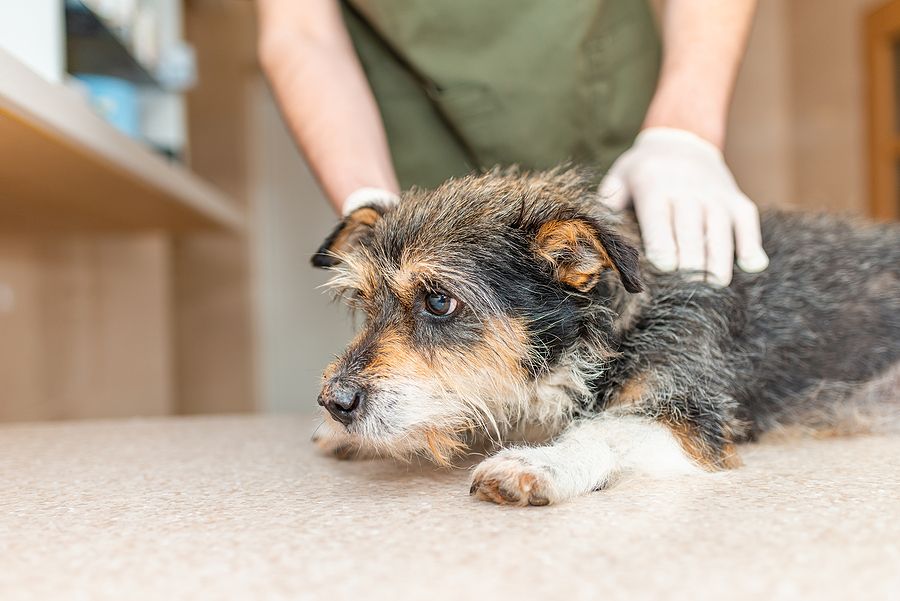What to Do if Your Dog Has a Seizure
We love our pups unconditionally, which is why it can be so alarming and frightening when they get sick or have other medical issues. One of the scariest things to witness is your dog having a seizure. So many pet owners are unprepared for this moment, which makes it even worse.

It can happen to any dog at any time or age. The good news is that you can help. By equipping yourself with a little bit of information, you can be there for your four-legged companion to help comfort them through a tough time.
What are some dog seizure causes?
Seizures are not an uncommon occurrence in dogs. Most commonly caused by epilepsy, seizures are not a sign that your dog has a disease but that some form of abnormal brain activity is going on.
Are there different kinds of seizures?
Yes. There are three main types of seizures found in dogs. They are:
Reactive seizures - These are caused by something happening outside of the brain. The causes could range anywhere from low blood sugar to something more serious.
Symptomatic seizures - These are caused by something happening inside the brain. The causes could range from brain swelling to stroke.
Idiopathic seizures - These are the most common types of seizures. Unfortunately, the root of these seizures is unknown. These are typically grand mal or whole-body seizures.
What does a dog seizure look like?
Seizures in dogs can vary. Some of the signs of seizures can be interpreted as odd behavior, but all symptoms should be taken seriously. Here are some of the things to look out for:
- Collapse
- Full body shaking and muscle twitches
- Clenched jaw
- Unusual vocalizing
- Foaming at the mouth
- Uncontrollable urination or defecation
- Paddling motion with limbs
Old dog seizures are not the only seizures to look out for. Dogs who are genetically at risk of epilepsy might experience their first seizure as early as one year old.
What do I do if my dog has a seizure?
Once you know what to do when your dog has a seizure, you can become a source of great comfort to your pet. Not only will they feel comforted by you, but you can help keep them safe while the seizure is happening. Here are some tips on how to help your dog during a seizure:
1. Stay calm.
It is often said that dogs feed off our emotions, and that can be especially true in traumatic moments. You want to remain calm, as crying or yelling might further upset your dog. If you think your dog is having a seizure, take a minute to collect yourself before comforting them.
2. Stay near, but don't pet them.
Staying near your dog is a good idea to keep them safe. You will want to make sure you are using your body to keep them away from anything that could hurt them, such as a set of stairs.
What you won't want to do is pet your dog. Dogs can bite uncontrollably while seizing and if you are petting them, you could be in the line of fire. You also want to give them a minute when they come out of the seizure as they are likely to be very disoriented and confused.
3. Speak calmly to your dog.
Talk to your dog while the seizure is happening. Hearing your voice, even subconsciously, will help reorient them.
4. Cool your dog off.
A seizure can cause the body to overheat. Therefore, you will want a cool rag or ice pack ready to cool your dog off during a seizure. This is especially true for seizures lasting longer than two minutes.
5. Time the seizure.
This may not be your number one priority, but if you remember, this could be crucial information for your vet. Knowing how long a seizure lasts will help your vet understand the severity of the incident.
Seizure treatment in dogs
There are a lot of different causes of seizures, each with its own form of treatment. For some dogs, it might require a change in diet. Other dogs will require medication. Give your vet as many details as possible, and they will work with you to take appropriate action.
If you want to learn more about seizures, please contact Forever Vets today.


